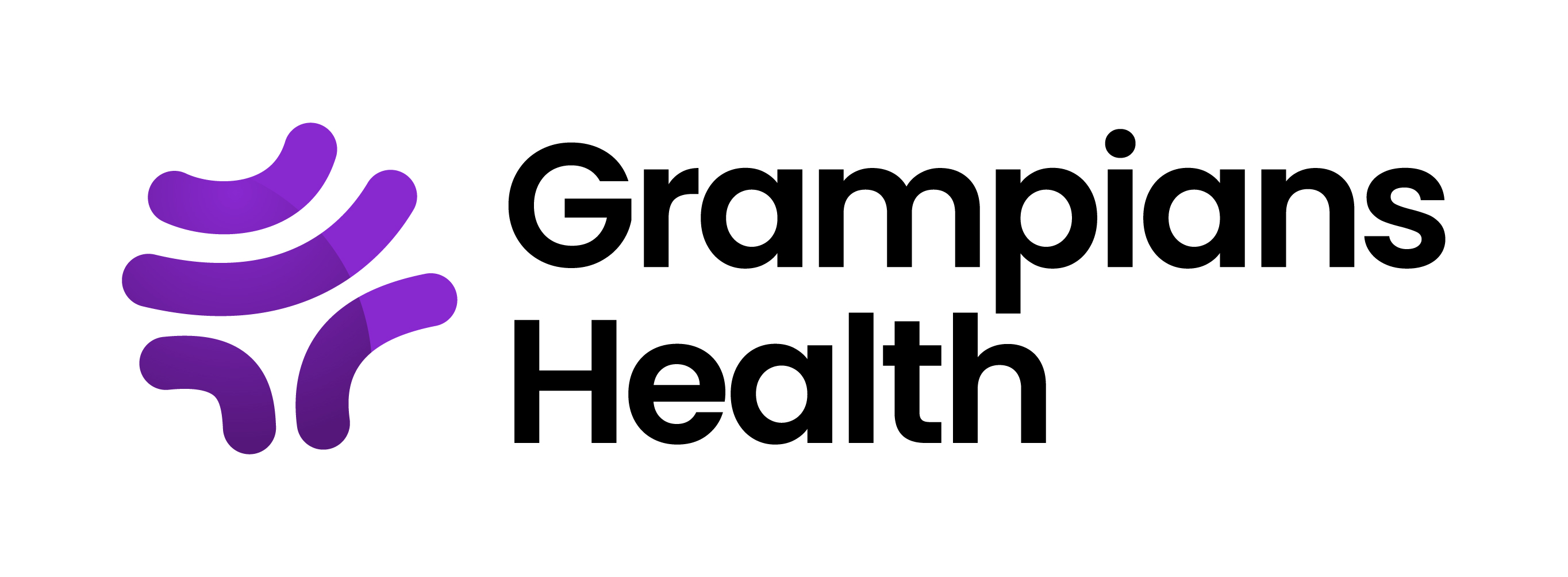Please use this identifier to cite or link to this item:
http://hdl.handle.net/11054/2929| Title: | Igniting the spark: The commencement of the heart failure collaborative. |
| Author: | Kelly, Bridget Macaulay, Linda Alex, Ansu Hitch, Amanda Ritchie, Ed Dimond, Renee Livori, Adam |
| Issue Date: | 2024 |
| Conference Name: | Medicines Management 2024 |
| Conference Date: | November 14-16 |
| Conference Place: | Adelaide, South Australia |
| Abstract: | Background: Guideline directed medical therapy (GDMT) for heart failure with reduced ejection fraction (HFrEF) includes angiotensin-converting enzyme inhibitors (ACEi)/angiotensin receptor blockers (ARB)/ angiotensin receptor-neprilysin inhibitor (ARNI); beta blockers (BB); mineralocorticoid receptor antagonists (MRA); and sodium-glucose cotransporter-2 inhibitors (SGLT2i). In line with the Heart Failure Collaborative with a state health department, we implemented a multidisciplinary model of care to enhance GDMT prescription and implementation of the Five Steps to a Safe Heart Failure discharge (5-Steps). Aim/Objective(s): Evaluate a multi-disciplinary model of care that sought to implement 5-Steps and guideline concordant prescribing of HFrEF medications. Methods: An implementation science-based approach was undertaken for patients admitted with signs and symptoms of HFrEF. A customised progress note was used to guide delivery of 5-Steps and was audited monthly across the cohort. Process measure benchmarking for GDMT was done using IMPLEMENT-HF trial data, and outcome measures of 30-day readmissions with the HF Collaborative cardiovascular dashboard. Results: There were 112 patients with HFrEF across the cohort, of which 70%(78/112) received all 5-Steps. When “access to medical review within seven days of discharge” was removed, this number increased to 86%(96/112). There were 90%(101/112) of patients discharged with at least one GDMT medication, 76%(85/112) with at least two, 46%(52/112) with at least three and 11%(12/112) with four. Compared to the IMPLEMENT-HF trial, co-morbidities were similar, with medication use similar in the intervention arm (comprising pharmacist led medication recommendations). 30-day all-cause readmission rates were lower than the preceding year (22.6% vs 16.7%). Discussion: The multi-disciplinary model of care demonstrated high levels of GDMT engagement, comparable to what is seen in intervention groups of trial data. Modest changes were seen in readmission rates, but cohort effects due to COVID are likely to be confounders. Increased engagement with Hospital in the Home and improvement of GP linkage are current improvement targets. |
| URI: | http://hdl.handle.net/11054/2929 |
| Internal ID Number: | 02849 |
| Health Subject: | HEART FAILURE CARIOLOGY MEDICATIONS MANAGEMENT MULTIDISCIPLINARY CARE |
| Type: | Conference Presentation |
| Appears in Collections: | Research Output |
Files in This Item:
| File | Description | Size | Format | |
|---|---|---|---|---|
| KELLY Bridget- Igniting the Spark.pdf | 1.25 MB | Adobe PDF |  View/Open |
Items in DSpace are protected by copyright, with all rights reserved, unless otherwise indicated.
